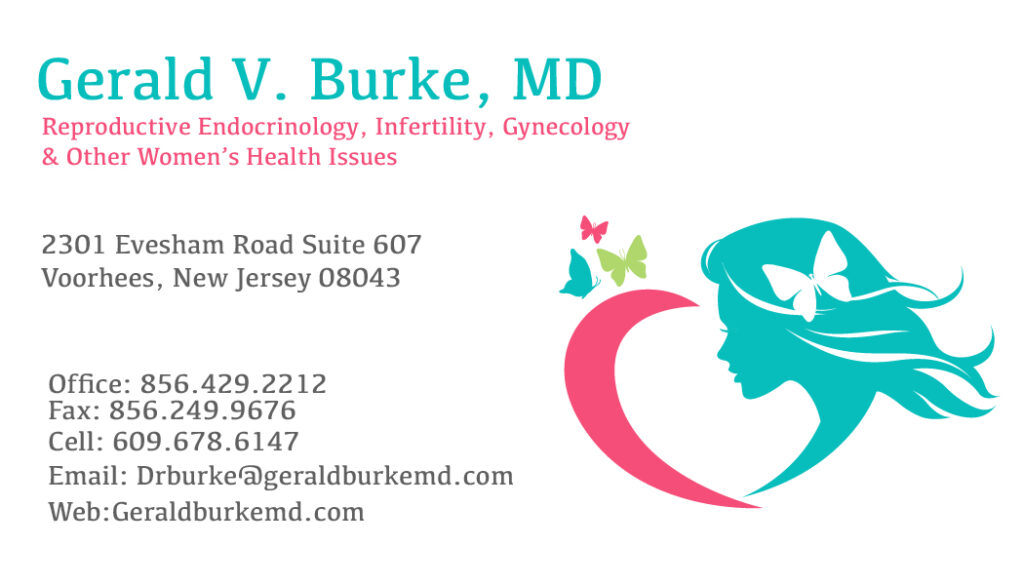Severe PMDD symptoms can dramatically alter your life. There are times when PMDD will not respond to even maximal medical therapies. These women have been through all the other treatment options and have hit a dead end. Is there any way to “cure” her PMDD?
Help for PMDD
The answer to this is a resounding “YES” if her symptoms are truly due to PMDD. A hysterectomy with removal of both ovaries and fallopian tubes will cure her disease.
When is a hysterectomy appropriate to treat PMDD?
Hysterectomy is an aggressive therapy that should only be undertaken in specific situations when specific conditions are met. There is no “going back” once surgery is performed.
Hysterectomy considerations
When should one consider the option of hysterectomy with removal of the fallopian tubes and ovaries to treat PMDD?
- Symptoms should be severe to disabling, causing major disruption to the woman’s ability to conduct her life.
- All other forms of medical therapy should have been tried and failed to restore reasonable functionality of activities of daily living. This presumes appropriate use of maximal doses of each treatment option, sometimes in combination.
- Prior to hysterectomy a woman must demonstrate that her PMDD symptoms resolve in a menopausal hormonal state. This can be reversibly achieved medically. A GnRH (Gonadatropin Releasing Hormone) agonist medication will alleviate ovulation and progesterone production.
- Laboratory testing confirms that the postmenopausal hormonal state has been achieved with medical therapy. Now, true PMDD symptoms should completely resolve. There will be no progesterone present in her system to trigger her PMDD.
- If symptoms continue, then these symptoms are not due to PMDD. Instead, they are manifestations of an underlying psychiatric condition that requires the evaluation and treatment of a psychiatrist.
- Surgical treatment, hysterectomy, for PMDD is inappropriate and unhelpful when symptoms do not resolve in a menopausal state
- The unresponsive patient should stay on the GnRH agonist until she has been evaluated and treated by the psychiatrist.
Gonadotropin treatment
GnRH agonist treatment will confirm the diagnosis of PMDD and clarify the ability to treat significant menopausal symptoms.
These menopausal symptoms may include:
- hot flashes
- night sweats
- palpitations
- insomnia
- increased anxiety
- mental fogginess.
All menopausal symptoms should be relieved by treatment prior to definitive surgery. We do not want to exchange one set of debilitating symptoms for another.
If menopausal symptoms cannot be adequately relieved, then the risks and benefits have to be considered before determining the future treatment.
Hysterectomy can be life altering
However, when the trial of a GnRH agonist results in the alleviation of disabling PMDD, a hysterectomy, with removal of the uterus, fallopian tubes and ovaries followed by estrogen replacement therapy, can be life altering.
Hormone replacement therapy
If the patient needs estrogen replacement therapy for post-surgical menopausal symptoms, treatment can be safely weaned within 5 years of the surgery. In this case, there are no increased long-term complications, including breast cancer.
If you find yourself in any of the situations described above, call to schedule an appointment to discuss them with Dr. Burke.
Hysterectomy with removal of both fallopian tubes and ovaries is an important treatment modality for those who suffer from severe to disabling PMDD that is unresponsive to more conservative, medical forms of therapy.
Hysterectomy is an indicated treatment for severe PMDD, uterine fibroids, pelvic pain and vaginal bleeding that will not respond to medical treatments.
Appointments
If you are not finding help with managing your PMDD, do not hesitate and call now to schedule an appointment to talk with Dr. Burke about your concerns.
Call us at 856-429-2212
Additional articles you might find helpful…



